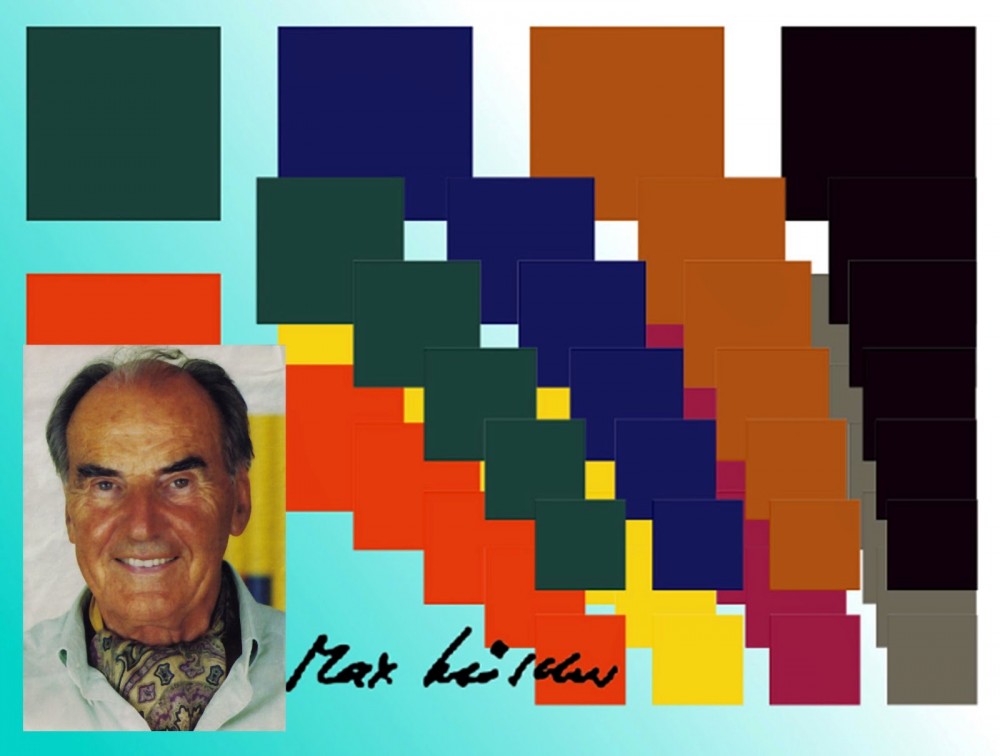Luscher Test
Color has a rather strong impact on us: some tones induce melancholy, while others, on the contrary, delight and inspiration, some colors irritate the nervous system, others — soothe. Max Luscher developed a technique in 1947, the essence of which is to create a specific set of colors: from the most annoying at the moment, to the most pleasant. Doctors use the Luscher test to determine the level of pain in patients; psychologists to find out what worries the patient, to determine the source of stress; sociologists — to conduct all kinds of research.
Before testing, a person is offered to abstract from all obsessive thoughts, sufferings, experiences and associations imposed from outside. Then just choose the color of the card, based on your own preferences at the current moment, according to the principle: like, like not as much as the previous one. As a result, a person unconsciously selects colors.
Test colors were chosen experimentally by Luscher from 4500 colors during five years of work in a psychiatric clinic. There are at least ten different Luscher tests, which differ in composition, size and shades of cards.
The full Luscher test:
- 7 color sets tables: grey, 8 color, 4 basic colors, blue, green, red, yellow
- table of 7 forms corresponding to the colors (except black)
- re-layout of the table 8 colors
The most widespread in the world received lightweight, 8 color test, which is folded twice. Every time you need to choose colors, as if for the first time. The first choice reflects the desired state, the second reflects the real one.
When analyzing test results, the choice and order of colors, the relative position of colors, and their combinations are taken into account. According to the results of testing, you can find out what a person really is, and not what he wants to be, to seem around. In essence, the Luscher test is an indicator of a person’s physical and psychological health.

